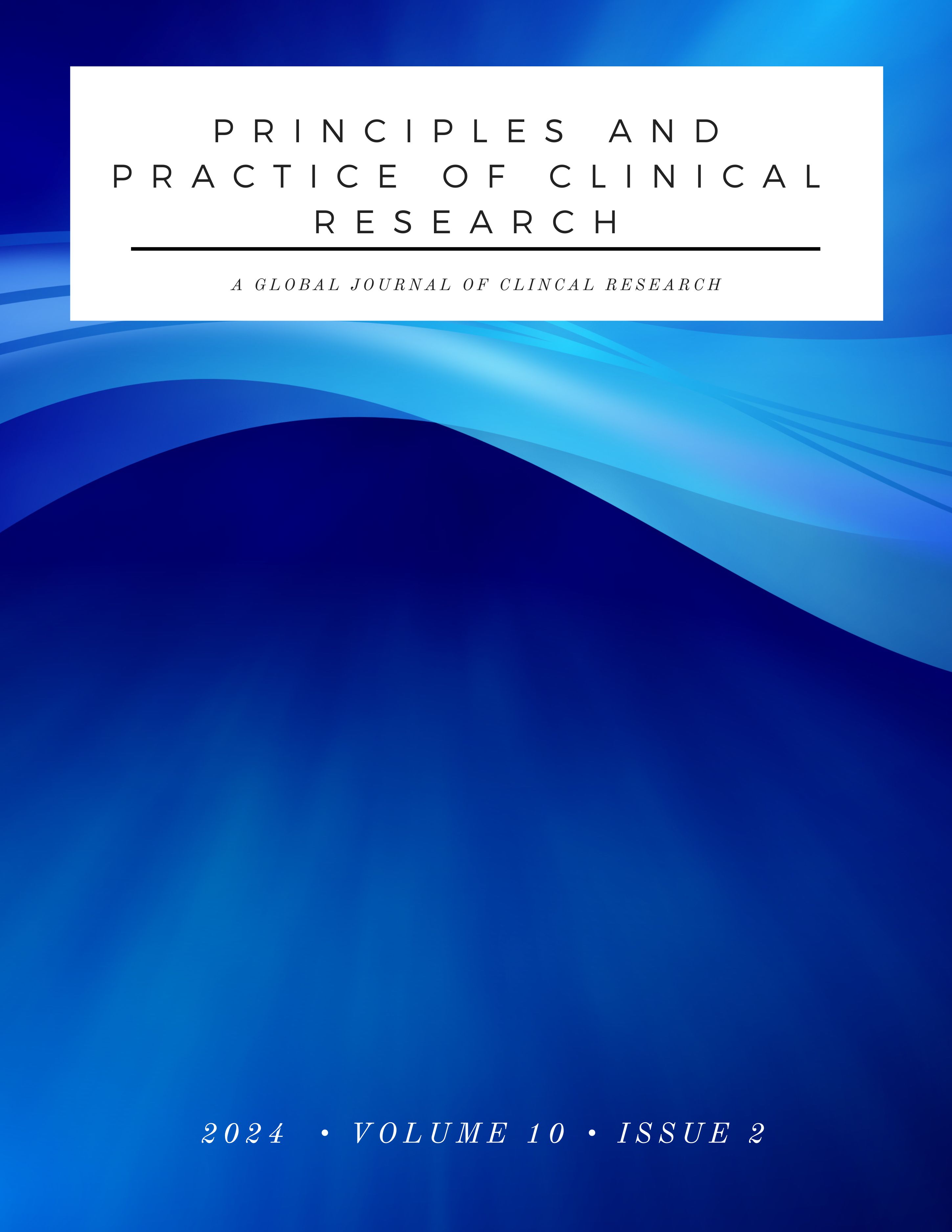Association Between Physical Activity Levels and Cognitive Function in Older Adults: A ReplicationCohort Analysis Using the Brazilian Longitudinal Study of Aging
Main Article Content
Abstract
Introduction: Few studies address the complex relationship between physical activity and cognitive function in aging individuals. This topic has gained significant attention in recent years, as cognitive decline poses a substantial public health challenge. There is a lack of research focusing on the effect of physical activity on cognitive function in the Brazilian population.
Purpose: Our study aims to replicate the findings of Lautenschlager et al. using a Brazilian cohort from the ELSI study, a comprehensive longitudinal study capturing aging processes and determinants among individuals in Brazil.
Method: In line with the reference study, our analysis focused on individuals aged 50 and older without depression and dementia. The primary outcome was cognitive function, assessed using a summary score obtained from the ELSI study to replicate the ADAS-Cog, as in the original study. Participants were categorized into two groups: those engaging in moderate to vigorous exercise (exercise) and those who did not meet this exercise threshold (no exercise). To evaluate the relationship between exercise and cognitive function, we performed three linear regression models: one without adjustments for covariates, a second model adjusting for sex, education, and race (main model), and a third model with multiple adjustments. A sensitivity analysis using Cohen's D was also conducted.
Results: In this study from the ELSI cohort, data from 7,292 individuals were available, and6,147 met the inclusion criteria for analysis. A total of 935 individuals were excluded due to depression, and 98 were excluded due to dementia. Baseline characteristics were not well balanced between groups. The mean age in the exercise group was 64 years compared to 67 years in the no exercise group, with a higher percentage of males (48% vs. 39%) and a higher education level (12% with university education vs. 6%). In the unadjusted linear regression, there was a positive correlation between exercise and cognitive function (2.19, 95% CI 1.89-2.48,p<0.001). In the second model, which emulated the reference trial by including sex, race, and educational status, the positive correlation persisted, though with a lower effect size (1.53, 95%CI 1.25-1.82, p<0.001). A third model with additional adjustments was employed to assess the consistency of the association, which was maintained (1.92, 95% CI 1.62-2.23, p<0.001).
Conclusion: Our study reaffirms the potential benefits of moderate to vigorous exercise on cognitive function in older adults with mild cognitive impairment.

